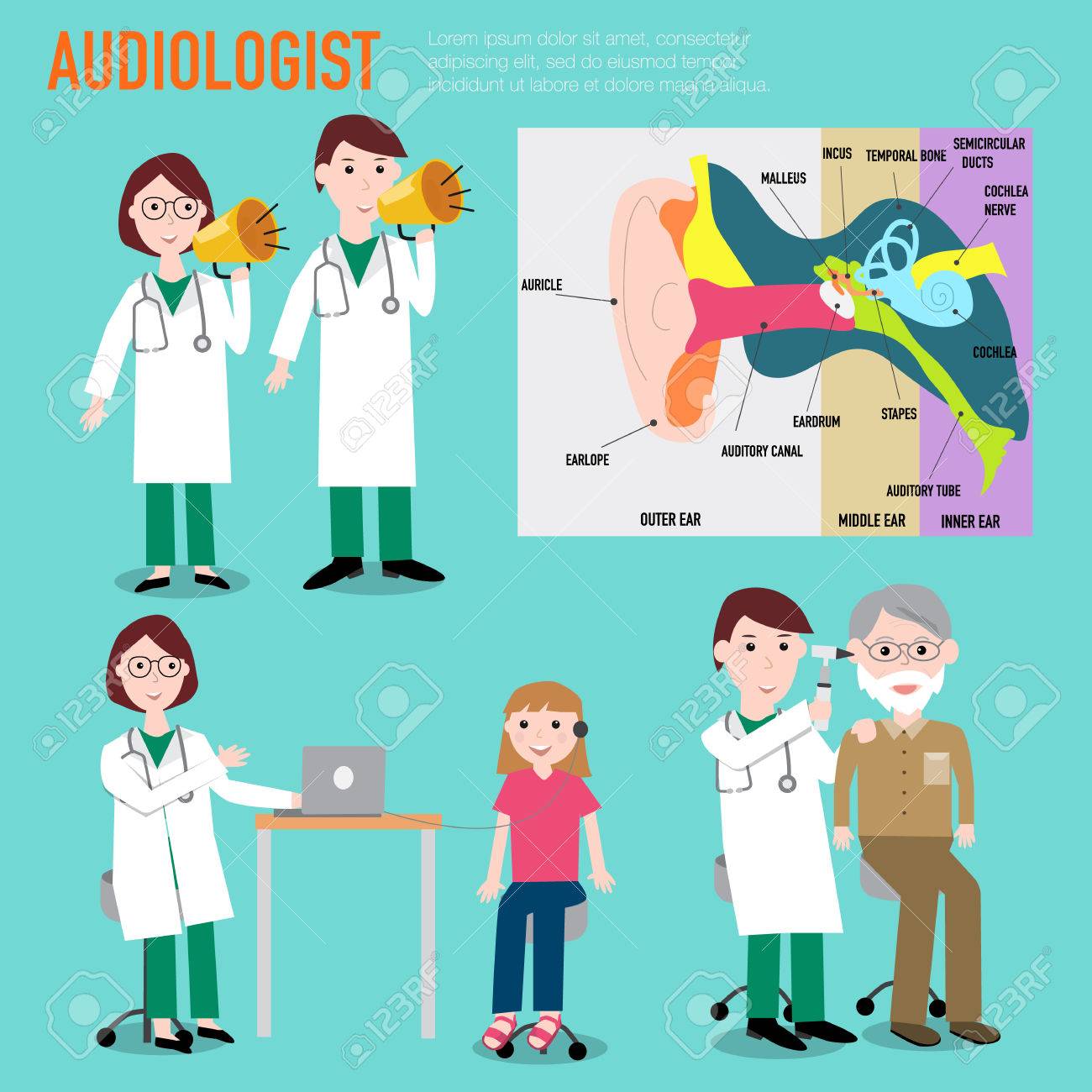Enhancing Learning: Attending To Auditory Handling Issues In Dyslexia
Enhancing Learning: Attending To Auditory Handling Issues In Dyslexia
Blog Article
Short Article Produced By-Ivey Waters
When you take into consideration the challenges that dyslexic learners face, it's clear that auditory handling issues often play a substantial role. You might wonder exactly how customized techniques can bridge the gap in between acoustic guidelines and understanding. By integrating aesthetic help and breaking jobs right into convenient actions, you might boost emphasis and understanding. However, the remedies don't stop there. What various other methods can create an absolutely encouraging knowing environment that cultivates success and self-confidence?
Understanding Dyslexia and Auditory Handling
Dyslexia affects about 1 in 5 people, making it among one of the most typical learning impairment. If you're navigating dyslexia, you may find that it doesn't simply impact analysis and writing; it can also influence how you process acoustic details.
was albert einstein dumb refers to just how your mind analyzes audios, consisting of language. When disability tests battle with this, it can bring about challenges in recognizing talked directions and adhering to discussions.
You might see that you commonly misinterpret what you hear or that it takes much longer for you to react in conversations. This isn't a representation of your intelligence; it's a certain problem related to refining acoustic signals.
Recognizing this link is crucial because it helps make clear why you might excel in aesthetic jobs while dealing with hurdles in tasks that depend on acoustic understanding.
Identifying these challenges can empower you. By understanding the complexities of dyslexia and auditory handling, you can better support for your needs, whether in educational settings or social circumstances.
It's essential to acknowledge these problems so you can seek the ideal assistance and approaches in the future.
Reliable Strategies for Assistance
Browsing the obstacles of auditory handling can feel overwhelming, however there work methods that can help you thrive.
By applying these techniques, you can improve your learning experience and improve your capacity to process acoustic information.
- ** Utilize aesthetic aids **: Pairing acoustic directions with aesthetic supports, like graphes or representations, can substantially enhance understanding.
- ** Break jobs into smaller sized steps **: Streamlining directions right into workable pieces permits you to concentrate and refine info better.
- ** Exercise energetic listening **: Take part in workouts that urge you to pay attention attentively, such as summarizing what you have actually listened to or asking questions for clarification.
- ** Incorporate innovation **: Utilize applications or software designed to help with acoustic processing, such as speech-to-text tools or audiobooks, to reinforce learning.
Creating Helpful Learning Environments
Developing an encouraging knowing setting is crucial for aiding individuals with auditory handling obstacles do well. Start by decreasing remedial classes in your classroom or learning space. Usage acoustic panels or soft home furnishings to take in sound, which can assist students focus much better. Make certain seating arrangements enable clear sightlines to the teacher and any type of aesthetic help.
Next off, include clear and concise interaction. Talk slowly and utilize straightforward language, looking for comprehending regularly. Urge pupils to ask questions if they're unsure. Aesthetic help like charts, representations, and created guidelines can improve understanding and retention.
Furthermore, foster a culture of persistence and understanding among peers. Educate pupils concerning auditory processing concerns, promoting compassion and assistance. Group tasks can be advantageous; just make certain that duties are clear and that pupils collaborate to sustain each other.
Ultimately, supply regular comments. Commemorate progress and accomplishments, regardless of exactly how small. This inspiration constructs confidence and strengthens the idea that knowing is a trip.
Verdict
In your journey to improve learning for individuals with dyslexia, think about each strategy as a stepping stone across a river. By weaving together acoustic and aesthetic aids, breaking tasks into bite-sized items, and nurturing a helpful atmosphere, you help create a bridge to understanding. Keep in mind, fostering compassion amongst peers and interesting households can light the path to success. With perseverance and commitment, you'll encourage learners to soar above obstacles, transforming their struggles into staminas.
